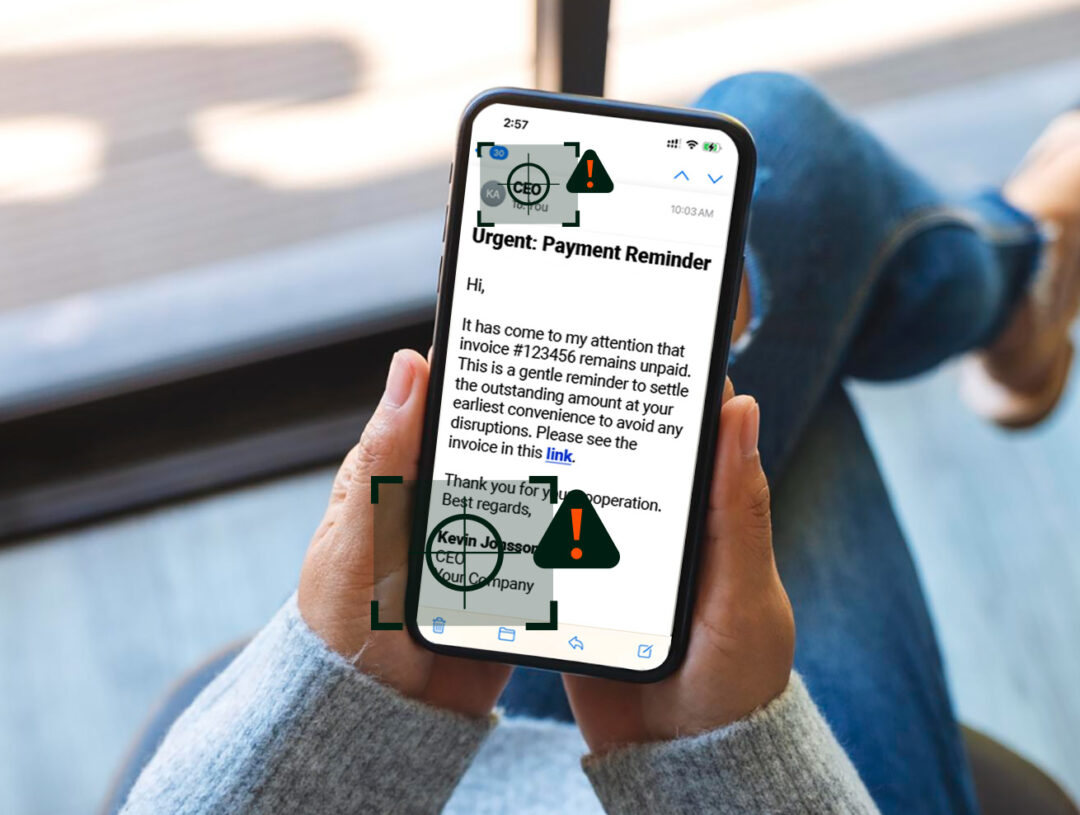
Enforcement & Legal Actions
We help you take legal action against unauthorised use of your trade mark, ensuring your exclusive rights are upheld and your brand remains protected from exploitation.
Stop Unauthorised Use
Take legal steps to stop others from using your trademark without permission.
Take Action
From cease and desist letters to disputes and litigation, we help you enforce and defend your rights.
Maintain Brand Value
Consistent enforcement protects your brand’s position and secures the investment you’ve made in your trade mark.
What is Trade Mark Enforcement?
Trade mark enforcement secures exclusive rights to one of your company’s most valuable assets – its brand. It prevents others from using it without permission, and if infringement occurs, you can take legal action, such as issuing cease and desist letters, obtaining court orders, or claiming compensation.
A registered trade mark also boosts brand credibility, supports licensing opportunities, helps avoid costly rebranding, and protects you from unintentionally infringing on others’ rights.


Enforcement Activities May Include
- Use of a watch service to track trade mark applications by third parties
- Opposition proceedings against trade mark applications filed by third parties
- Cancellation actions against existing third-party registrations
- Cease and desist letters
- Litigation involving infringement or dilution
Legal Enforcement Services
When Infringement Happens
Detect Infringement Before It Escalates
Early detection is key to protecting your trade mark and acting in time. Abion monitors trade mark applications, domain registrations, and online activity to identify threats before they escalate.
A Trade Mark Watch automatically monitors global databases in real time, detecting word or figure mark applications that may be similar to yours. This allows us to take timely action such as filing an opposition before the mark is registered, helping you prevent future conflicts and safeguard the value of your trade mark.
Types of Trade Mark Protection
There are several types of trade mark protection, each serving different purposes depending on how you want to safeguard your brand from infringement. Here’s a brief overview of what you should consider protecting after registering a trade mark:
Word Marks
Protects the brand name or slogan in a standard character format. This ensures that others can’t use a similar name or phrase within your industry.
Design Marks (Logos)
Protects a specific design, logo, or stylised word that represents your brand. This type of mark covers the visual elements of your trade mark.
Combined Marks
Protects a combination of words and designs (e.g., a logo that includes your brand name). This is a comprehensive approach covering both the text and the design.
Sound Marks
Protects specific sounds that are distinctive to your brand, such as the audio branding of a company jingle.
3D Marks
Protects three-dimensional shapes that are distinctive to your brand, such as the shape of a product or its packaging.
Colour Marks
Protects a specific colour or combination of colours used to identify your brand (e.g., the specific shade of red used by Coca-Cola).





Why You Should Protect Your Brand
Trade mark infringements often involve unauthorised and harmful use online. Here are key examples to watch out for:
The sale of fake goods via online platforms, where unauthorised sellers replicate a company’s products and often infringe on trade marks and copyrights.
Registering or using a domain name that closely resembles a legitimate brand’s trade mark to mislead users or profit from the brand’s reputation.
Creating fake websites that imitate a legitimate brand's site to deceive consumers, for example, by selling fake or non-existent products. This often involves cybersquatting.
Setting up fake profiles or fake social media accounts to mislead or engage in fraudulent activities.
Sending deceptive emails that appear to come from a legitimate brand in order to trick recipients into providing sensitive information.
Defend Your Rights
From oppositions to legal action, our experts help you enforce your trade marks and protect your brand. Fill out the form to get started.
FAQ About Enforcement & Legal Action
Registering a trade mark gives you exclusive rights, legal protection, and the potential to increase your business’s value. It also opens opportunities for licensing and franchising. For any business looking to protect its name, products or reputation, it’s an essential way to secure your brand and prevent future disputes.
Trademark protection is essential for businesses because it helps maintain brand identity, prevent misuse, and avoid legal disputes and rebranding costs.
Trade mark registration involves several challenges, such as navigating legal complexities, ensuring the mark meets formal criteria (like distinctiveness and non-descriptiveness), and managing procedural requirements. For applicants outside the EEA, a local representative is typically required.
Other common challenges include conducting a thorough trade mark search to avoid conflicts, managing registration costs, and handling potential oppositions or objections from third parties during the registration process.
Trade mark law is a branch of intellectual property law that protects distinctive signs such as logos, words, phrases or symbols that identify and differentiate the goods or services of one business from another. Its primary purpose is to prevent consumer confusion and ensure that customers can clearly identify the source of a product or service.
A Trade Mark Office is a government agency responsible for the registration, management, and oversight of trade marks within a specific jurisdiction. Its primary functions include examining trade mark applications, granting registrations, maintaining the official trade mark register, and providing information and guidance related to trade mark law.



